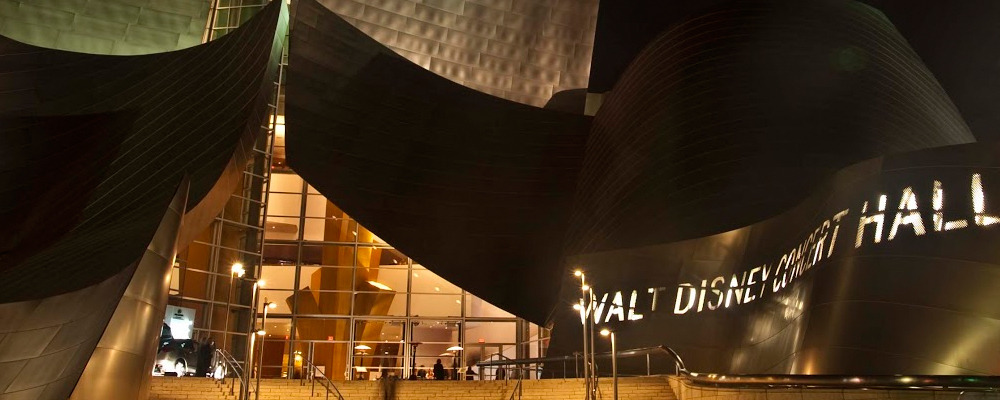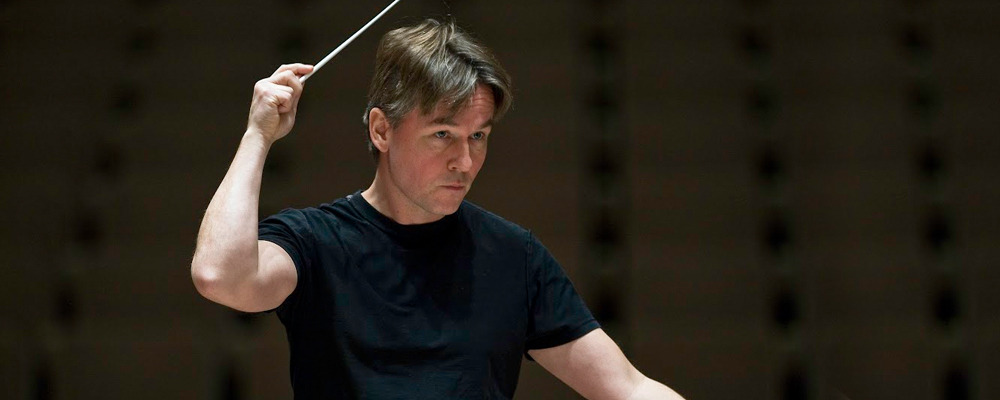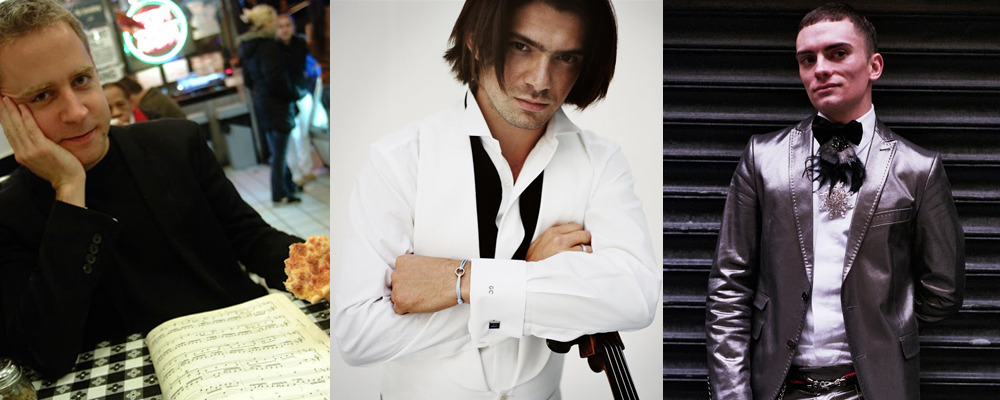L.A. Philharmonic Brings a November to Remember to Walt Disney Concert Hall
Matt McAllister
Concert season is in full swing, as the L.A. Philharmonic has lined up challenging and supremely entertaining programs for the month of November. Anyone with ears is certain to enjoy each concert brought by the aural palate of this world-class musical institution.
On November 6 and 7, “Visions of America: Amériques” will feature works of American émigrés who sought refuge from the horrors of WWII Europe. The eclectic program offers a wonderfully taut, sparse suite from the film “Psycho” by Bernard Herrmann, who rewrote Hollywood’s approach to scoring through his inventively subtle yet dramatic music and his long association with Alfred Hitchcock. The program will also feature works by Kurt Weill, who is perhaps best known for his modernizing of John Gay’s “The Beggar’s Opera” for “The Threepenny Opera.”
On November 12, the Academy of Ancient Music will perform the first four Orchestral Suites of J.S. Bach. Alongside the Brandenburg Concertos, these works are among the best and most famous of his instrumental compositions. Moreover, they speak to the provincial musician’s cosmopolitan compositional approach. The suites, particularly the third, cross pollinate quintessentially French musical gestures with Italian formal construction and German instrumentation. Anyone who’s played a brass instrument knows that a Bach piece usually means there will be a lot of spare time to read a book or drift off, but for the Orchestral Suites Bach had made use of his native land’s natural musical resources by writing virtuoso brass parts. The free German cities employed brass bands or town pipers as a kind of signaling device to alert the town of various events through various musical codes (think reveille to wake up soldiers and taps for funerals). Unfortunately, these signals were usually done from atop a tower, and warnings for impending lightning storms lead to many a melted trombonist. [this is a pretty big digression.]
November 14 through 16 will spotlight the works of archetypal British Composers Edward Elgar and Maurice Ravel. Called a “French Swiss watchmaker” due to his meticulous precision with orchestration, Ravel is mostly known for “Bolero” but also for “Rapsodie Espagnole,” a vividly evocative impression of indigenous Spanish music and stylized dance rhythms (more than a few are actually Cuban, but let’s not split hairs). Elgar’s “Enigma Variations” is quite famous as well, as it sets an almost hypnotic melody to ingenious and imaginative orchestral variations, now popular thanks to Madison Avenue’s insistence on associating “the finer things” with orchestral music. Additionally, fans of Andrew Lloyd Webber will recognize the theme of Elgar’s work in “Variations,” a set of variations recorded by Webber’s son Julian.
November 20–23 is dedicated to the sonically and visually fantastical Disney Hall organ, which celebrates its 10th birthday this year with “Happy Birthday Hurricane Mama.” The magisterial instrument’s 6,125 pipes will get a workout during a number of solo and orchestral works, particularly with Camille Saint-Saëns’ “Symphony No. 3” (or “The Organ Symphony”). This symphony is a tour de force of orchestral and idiomatic organ writing that has never been eclipsed in effect and craftsmanship. Be prepared to be pushed back by the sheer volume and richness of the combination pipes and strings.
Stylistically, November closes where it began, within the transitional period between Viennese classicism and impending Romanticism of the works by Haydn and Schubert. Haydn’s beloved “Concerto for Cello in C major” will be performed by the virtuoso Gautier Capuҫon. The work is a clinic in refined yet witty musical classicism for which Capuҫon’s talents are an excellent vehicle. Also in C major, Shubert’s “Symphony No. 6” is a wonderful testament to his connection to music’s past and future. The opening (and the later scherzo) has a restrained, chorale style that hints at Beethoven’s influence, while the allegro section is clearly a nod to Haydn and his proclivity for short, sunny melodic figures that have been toyed with in Schubert’s masterful yet subtle musical architecture.
For tickets to any of November’s events performed by the Los Angeles Philharmonic, visit Walt Disney Concert Hall’s website.



